The Pham family was one of the first families to reclaim land in Tay Ninh . From the mid-17th century, the Vietnamese followed the Southward movement to reclaim land, settled in Hoc Mon, then gradually moved to Trang Bang, through Go Dau, and up to Ba Den Mountain.
According to the genealogy of some families in Tay Ninh, Binh Tinh land (now An Tinh ward, Trang Bang town) is considered one of the places where Vietnamese people settled very early. Among them, the Pham family was one of the first families to reclaim land in this land.
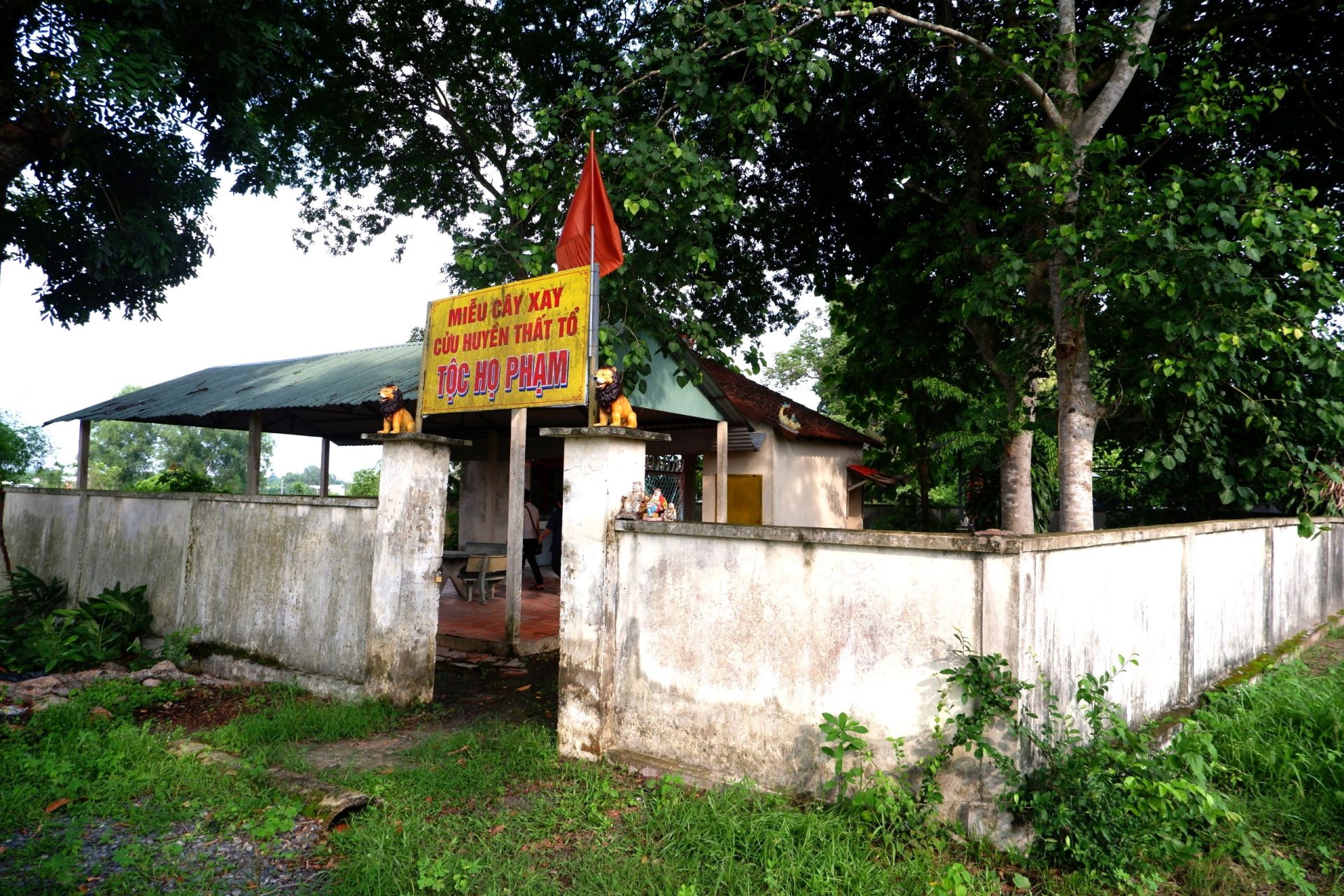
The outside view of the Pham family church in Bau May quarter, Trang Bang town, Tay Ninh province. (Photo: Phi Thanh Phat)
Following the past
Following the Southern expansion, Mr. Pham Van Tan from Ngu Quang region went to Hoc Mon, passed through Cu Chi and landed in Binh Tinh village to reclaim land, start a business and build a family line.
In the new land, there were many wild animals, and to this day, the folk song "crocodiles swim in the river, tigers roar in the forest" is still passed down.
In addition to making a living by farming and using traditional medicine to treat and save people, Mr. Pham Van Tan also teaches martial arts to local people for self-defense.
Accompanying Mr. Pham Van Tan were his two children, Mr. Pham Van Xanh and Mrs. Pham Thi Tuoi, and his grandchildren Pham Van Ho, Pham Van Hao, and Pham Van Hon (Mr. Xanh's children) to reclaim land in An Duoc.
According to “Biography of An Tinh Village”, An Duoc used to be known as Suoi Sau Hamlet. Although the stream has dried up today, it is still used as the boundary between An Tinh and Phuoc Hiep (Cu Chi District, Ho Chi Minh City ).
In the past, this area had three hamlets: Loi Hoa Dong, Bau May located between National Highway 1 (now National Highway 22A) and Tinh Phong. In 1908, the village merged these three hamlets and called it An Duc or An Duoc hamlet.
After many administrative divisions, this land is now the 4 neighborhoods of An Duoc, Bau May, Suoi Sau and Tinh Phong of An Tinh ward. Until now, Pham family's descendants still live in these areas.
Leaving Trang land, Pham Van Tan's daughter, Pham Thi Tuoi, married and returned to Go Dau to continue reclaiming the land. Her house was next to the stream (now in Suoi Cao A, Phuoc Dong commune), where she taught martial arts to the local residents.
According to the local people, she also opened a tea shop as a resting place for people going into the forest. To this day, her name has become a place name of the hamlet, the market, the bridge and in folk poetry.
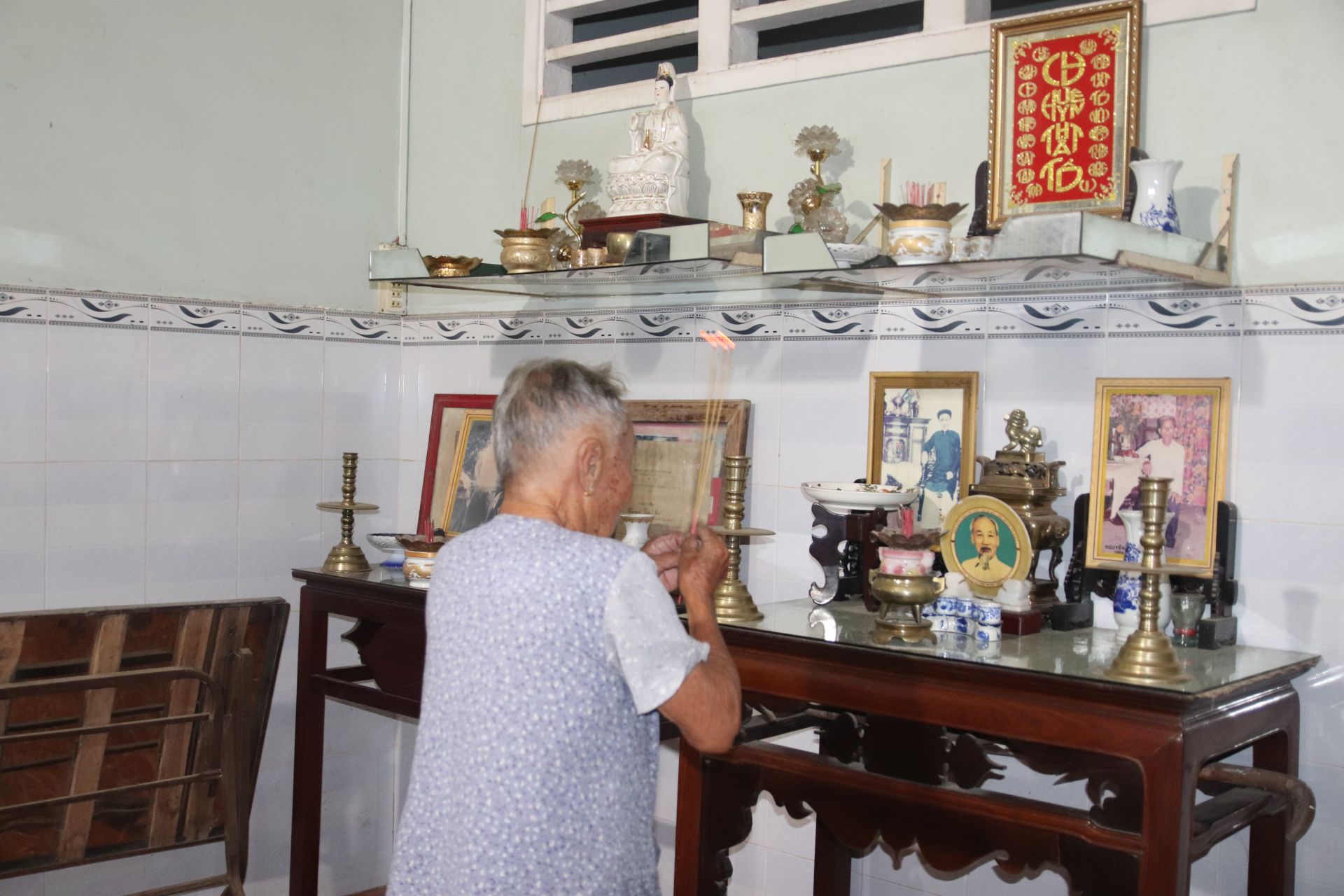
Mrs. Pham Thi Anh (89 years old) burns incense to remember her ancestors.
In Suoi Cao A hamlet, Phuoc Dong commune, Go Dau district (Tay Ninh province), people still call each other Ba Tuoi hamlet.
Before 2007, Phuoc Dong market was still called Ba Tuoi market by local people. Standing from the market, you can see Ba Tuoi bridge across the stream named after her, connecting the two banks of Suoi Cao A hamlet and Phuoc Duc A hamlet, convenient for traffic. Currently, next to the stream named after her, there is a temple worshiping the village's Lady, which is worshiped by locals all year round.
Coming to Go Dau, I still remember people still passing on the poem:
"My house is in Go Dau hamlet,
Leaving to miss mother makes me sad all over.
Remembering and thinking back even more love,
Crossing the Sang ditch, I entered Boi Loi.
Byi Loi also felt happy,
Remembering mother's shadow, Ba Tuoi stream is honest"
The descendants of the Pham family were also good at Chinese and knowledgeable in medicine. The fifth generation had Mr. Pham Van Tham who held the position of teacher in An Tinh village.
During the resistance war against the French and the Americans to save the country, many Pham families participated in hiding revolutionary cadres and soldiers. Many Pham children sacrificed their lives to protect their homeland An Tinh, to protect the independence and peace of the Fatherland and were awarded martyr status by the State.
Worship in the Pham family
Around 1946, due to the war, the family had to evacuate their home, so worship at the temple was interrupted. However, the family's ancestor worship was still maintained in each family, with a heart full of filial piety to the ancestors.
The house of Mr. Pham Van Chon - the 7th generation descendant who kept the family genealogy in Chinese characters was burned down, so the genealogy is no longer there. Only the "Nine Generations and Seven Ancestors" tablet and some old documents remain.
In 1954, Mr. Pham Van Doi fulfilled his promise to his ancestors to rebuild the family temple next to the ironwood tree on the land reclaimed by his family.
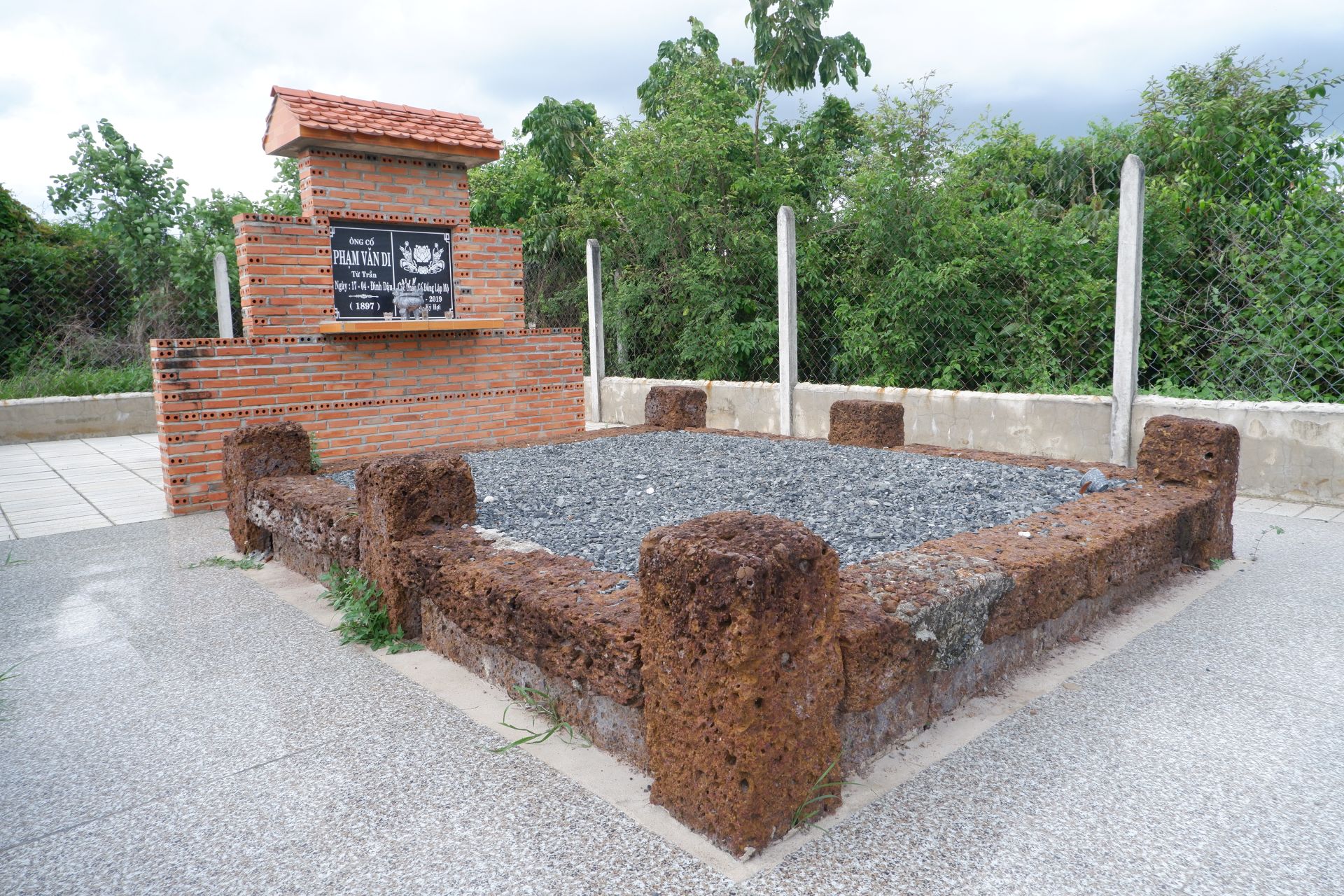
Mr. Pham Van Di's grave at Cay Xay cemetery, Bau May quarter, Trang Bang town (Tay Ninh province) (Photo: Phi Thanh Phat).
Affected by the war, the family temple had to be relocated many times. The millstone at the temple was also broken by the American army.
Peace was restored, until 1981, Mr. Pham Van Doi and his family returned to the old place to rebuild the ancestral worship house until now. Since then, the Pham family's ancestral worship house has been known by the people as Cay Xay temple.
The church is currently located in Cay Xay cemetery in Bau May quarter, An Tinh ward (Trang Bang town, Tay Ninh province). It is solidly built with reinforced concrete, corrugated iron roof, inside there are two main altars: Nine generations of ancestors and ancestors.
Outside the temple there are altars to Buddha Quan Am, Tho Dia and Ong Ta at the foot of the tree.
Up to now, the Pham family temple still maintains the custom of worshiping on February 12 (agricultural calendar). Every three years, there is a big worship with folk performances. This is an opportunity for descendants from all over to return and gather together to remember their ancestors.
The offering tray is placed on a mat spread out in front of the altar. The offering tray includes local specialties, especially grilled snakehead fish with a few grains of white salt added on top. This is a unique sign to identify the Pham family.
Outside the church yard, there is an altar to worship the Mountain God (Mr. Tiger) with raw meat or roasted pig, reminding us of our ancestors' time of reclaiming and opening up new lands.
In the past, on the first day of the 11th of February, descendants of the family would hunt birds and animals in the forest to prepare and offer to their ancestors. Nowadays, this custom no longer exists.
Over the past 7 generations, the Pham family's descendants have increasingly established their own businesses, worshiping their ancestors together, educating their descendants, and joining hands and contributing to the development of their homeland An Tinh.
Source: https://danviet.vn/ho-pham-noi-tieng-mo-coi-vung-dat-tay-ninh-bay-gio-duoi-song-ca-sau-loi-tren-rung-loai-cop-um-20241224094807552.htm


![[Photo] National Assembly Chairman Tran Thanh Man received a delegation of the Social Democratic Party of Germany](https://vphoto.vietnam.vn/thumb/1200x675/vietnam/resource/IMAGE/2025/10/28/1761652150406_ndo_br_cover-3345-jpg.webp)
![[Photo] Flooding on the right side of the gate, entrance to Hue Citadel](https://vphoto.vietnam.vn/thumb/1200x675/vietnam/resource/IMAGE/2025/10/28/1761660788143_ndo_br_gen-h-z7165069467254-74c71c36d0cb396744b678cec80552f0-2-jpg.webp)


![[Photo] Prime Minister Pham Minh Chinh chaired a meeting to discuss solutions to overcome the consequences of floods in the central provinces.](https://vphoto.vietnam.vn/thumb/1200x675/vietnam/resource/IMAGE/2025/10/29/1761716305524_dsc-7735-jpg.webp)




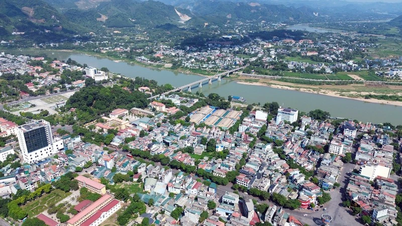
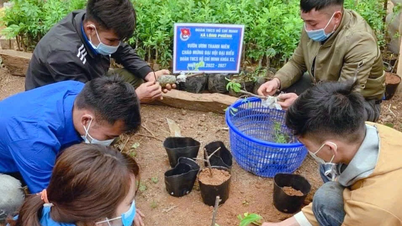

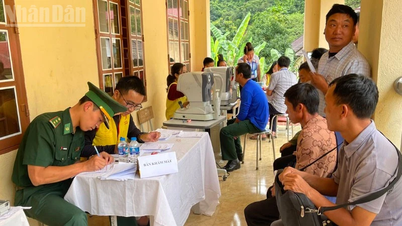
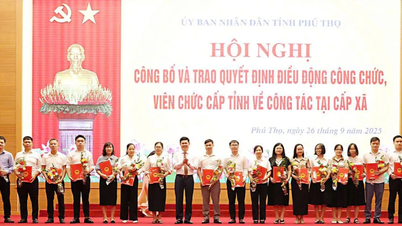






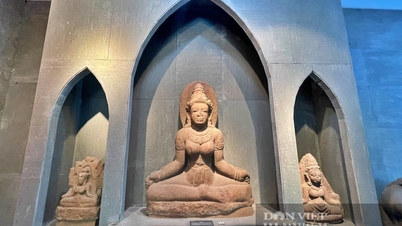
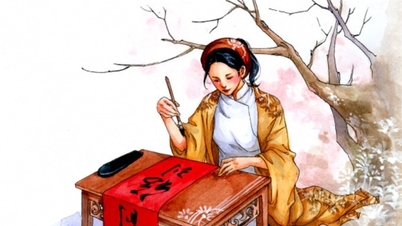

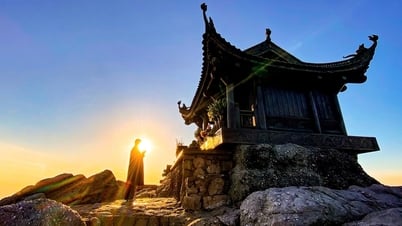
![[Photo] Draft documents of the 14th Party Congress reach people at the Commune Cultural Post Offices](https://vphoto.vietnam.vn/thumb/1200x675/vietnam/resource/IMAGE/2025/10/28/1761642182616_du-thao-tai-tinh-hung-yen-4070-5235-jpg.webp)

















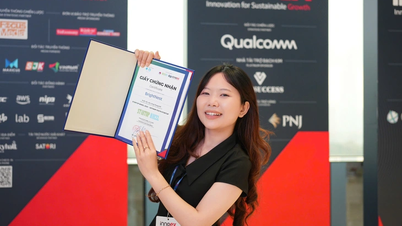
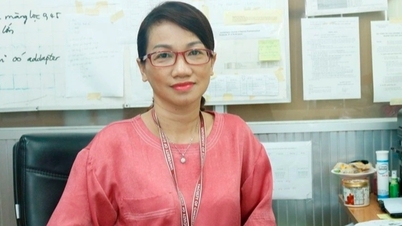















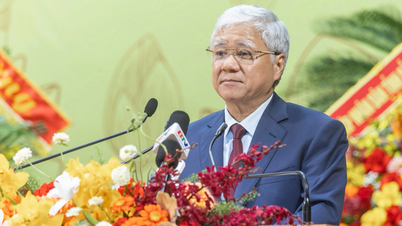
![[Infographic] Vietnam's socio-economic situation in 5 years 2021-2025: Impressive numbers](https://vphoto.vietnam.vn/thumb/402x226/vietnam/resource/IMAGE/2025/10/29/1761730747150_anh-man-hinh-2025-10-29-luc-16-38-55.png)
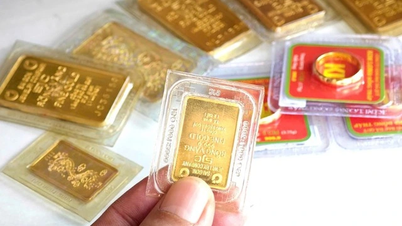
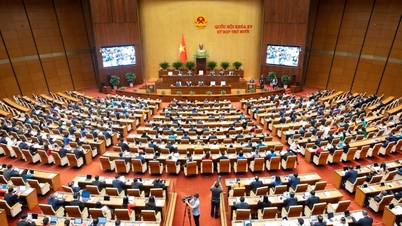
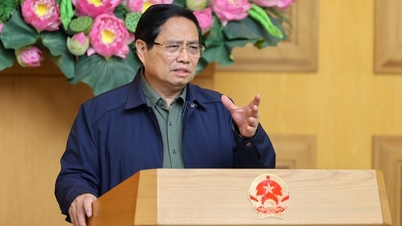
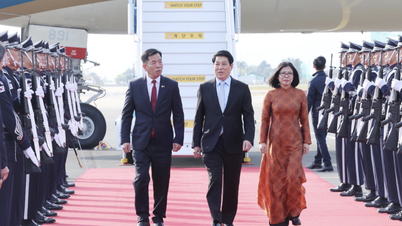



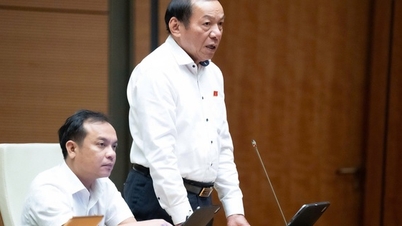
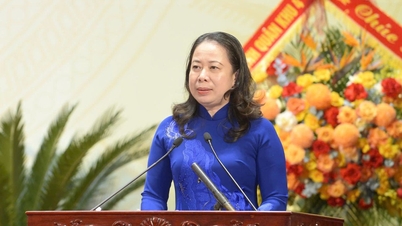

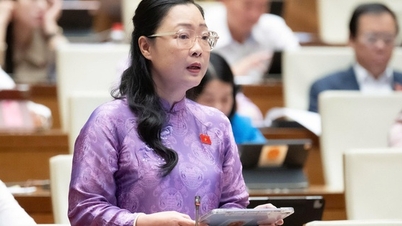
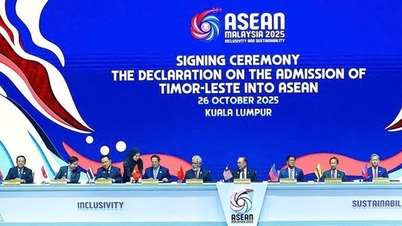


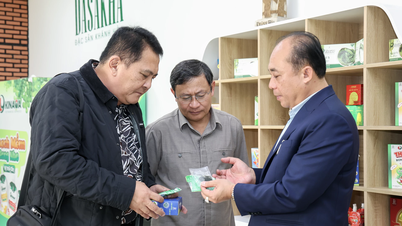







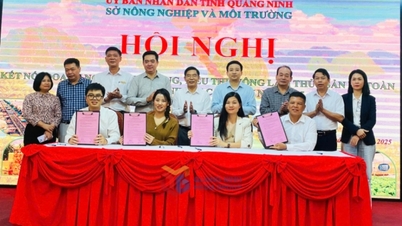


















Comment (0)